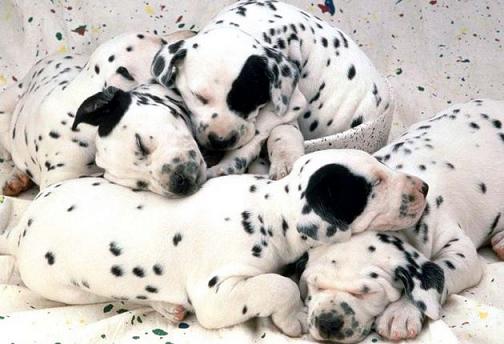Dog Illness Warning Signs
A dog who's under the weather works hard to convince you she's just fine. That comes from thousands of years of instincts. In the wild, an obviously sick or weak animal (even a predator) is as good as dead. Even though she doesn't have to worry about that too much anymore, your dog's instincts still tell her to hide any signs of illness. You'll need a sharp eye and good observation skills to catch some of the more subtle clues. Of course, the better you know your dog, the easier it will be.
Some of the things to look for are basic: the way your dog looks, acts, eats, and drinks. For instance, she might look like she's gained weight, even though her appetite hasn't changed much, or like she's losing weight, even though she's eating more. A ten percent change in weight (which could be as little as a pound in a small dog) is something to bring to your vet's attention.
Eating
Usually, we know our dog is feeling good when she chows down on her food. It's not unheard of, though, for her to skip a meal or two, especially if it's hot outside. Any more than that is something to be concerned about. If your dog turns up her nose at food for more than two days, call your vet right away. Some diseases and medications cause dogs to develop eating habits that are downright out of the ordinary for them. A dog who has never been a food thief and suddenly starts raiding the garbage can or stealing food off the dinner table is telling you she needs a checkup or an adjustment of her medication.
Drinking
A dog who starts drinking water like a fish could be developing diabetes or kidney disease. You may not be able to notice the dog's extra water consumption easily, but you should be able to pick up her increased intake by paying careful attention to what comes out the other end. She'll be producing much larger amounts of urine and have to go outside more often. She may also start having accidents in the house.






